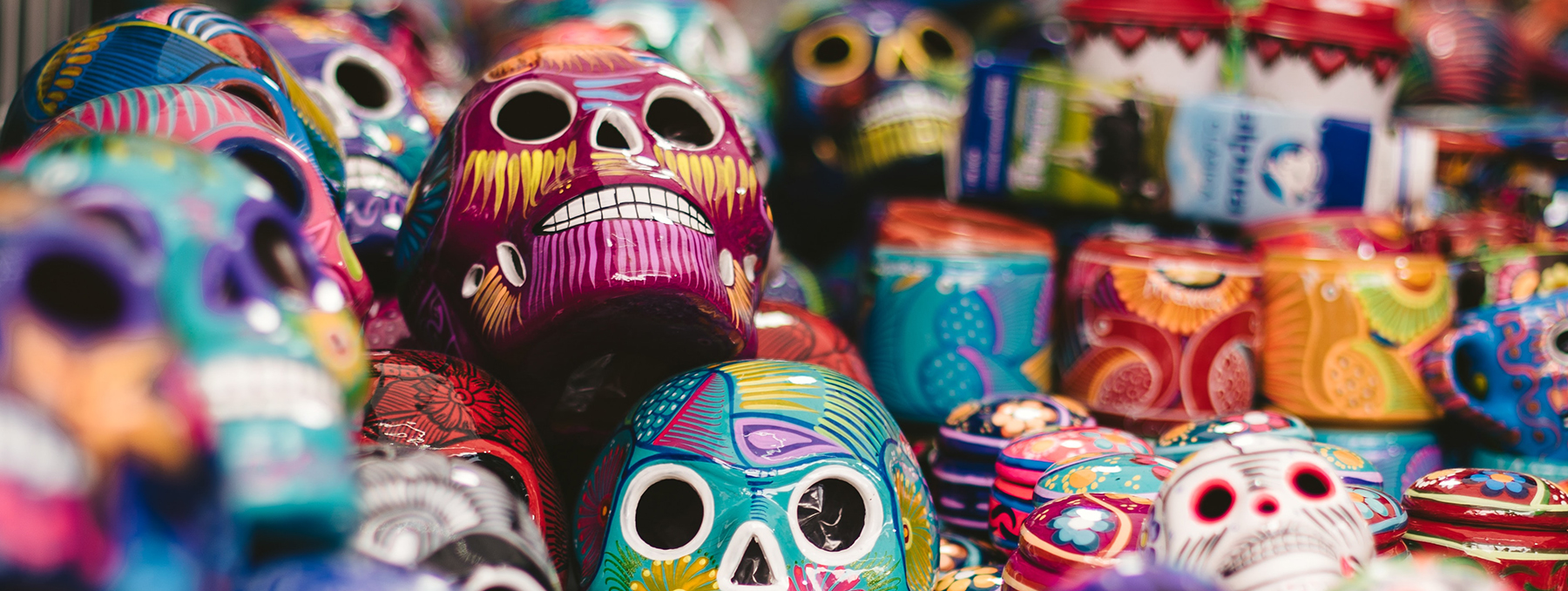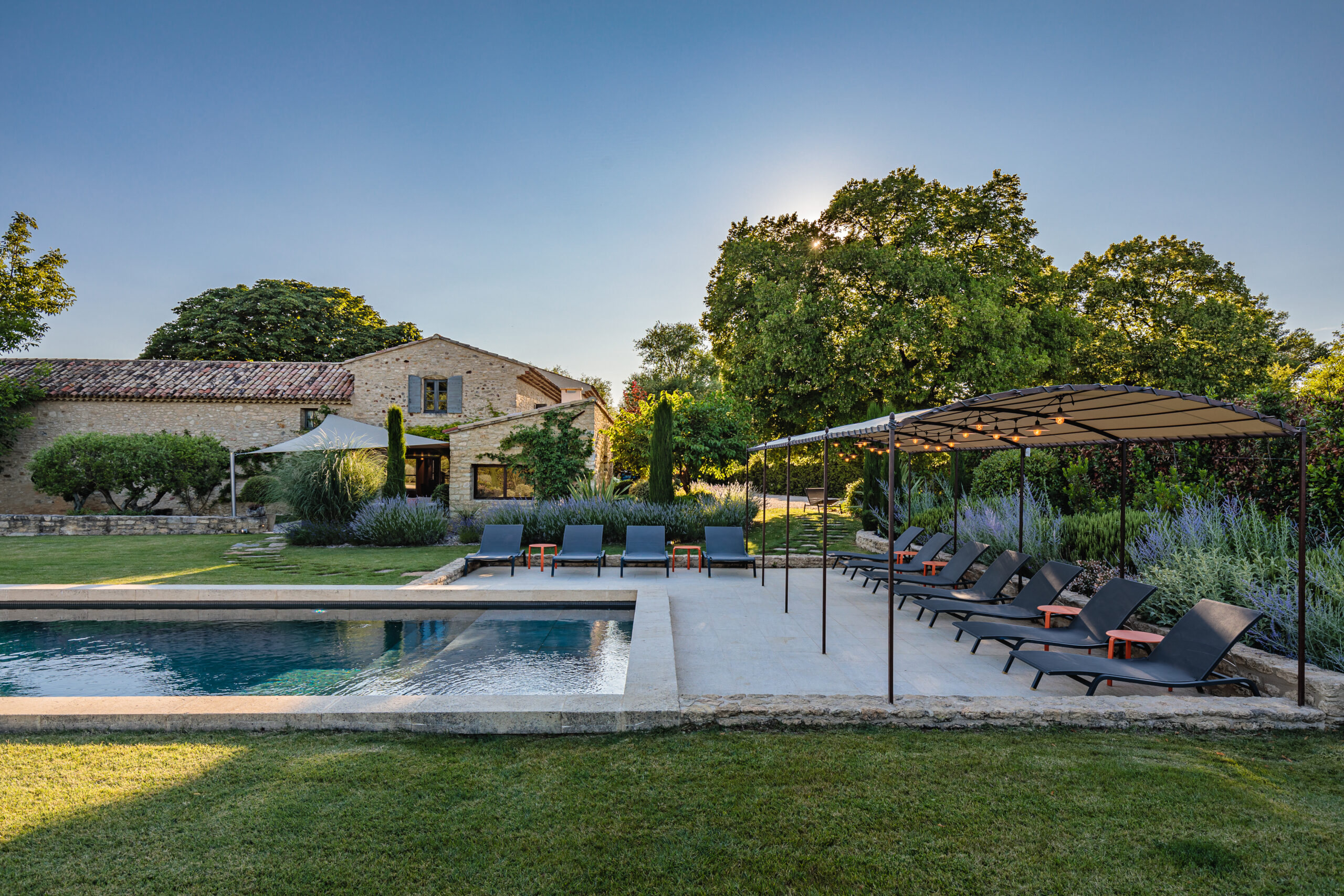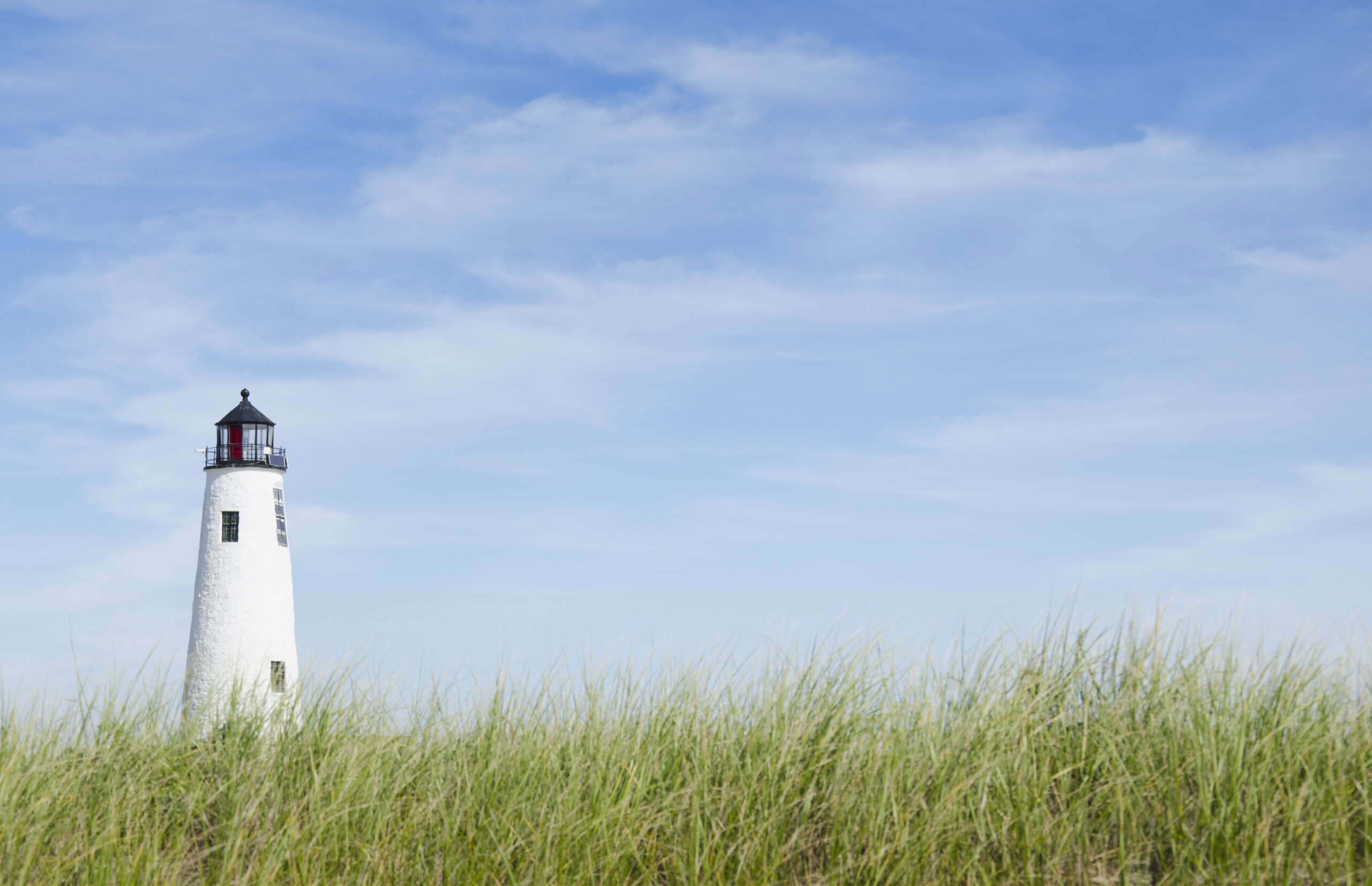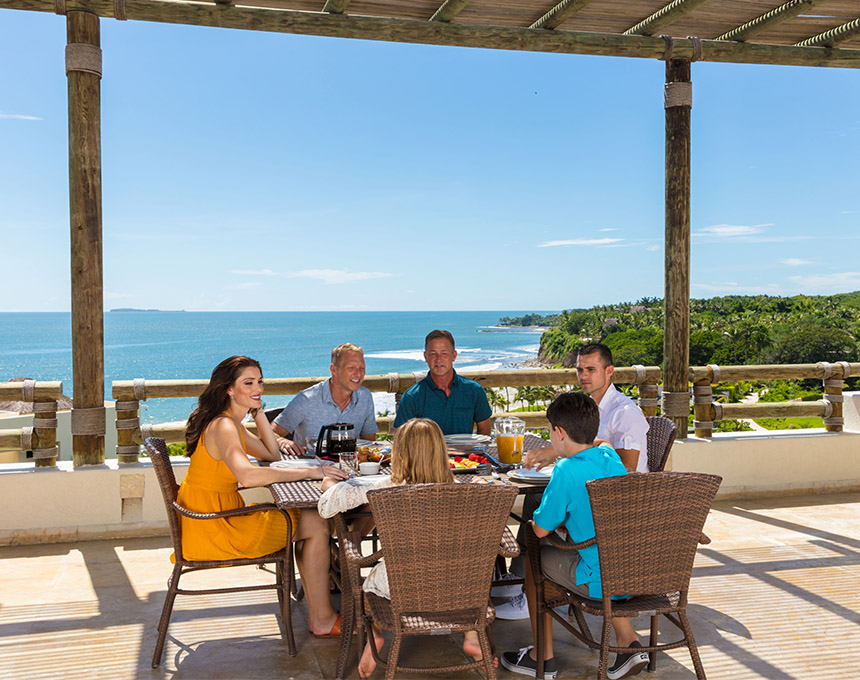Día de los Muertos, or Day of the Dead, is an ancient tradition originally practiced by the Aztecs in what we now call central Mexico. For over six centuries, this tradition has evolved to incorporate other religious beliefs and traditions around honoring the dead—all maintaining the significance of communing with those who have been welcomed into the afterlife. Instead of wearing all black, mourning the deceased, this tradition flips our North American ideals on their head—providing a more celebratory and positive way to grapple with loss.
Celebratory traditions include making ofrendas (offerings) to the souls who have passed on through elaborately decorated altars. These offerings comprise water, tequila, pan de muerto (special Day of the Dead sweet bread), and orange and gold cempasúchil (marigold flowers), whose scent is believed to help guide the souls to the ofrendas. Día de los Muertos festivals are traditionally bursting with bright colors, fireworks, live music, face painting, and beautiful artwork. We’ve rounded up the five of the best places to experience Día de los Muertos celebrations in Mexico—where the tradition originated—and beyond.
Oaxaca City, Mexico
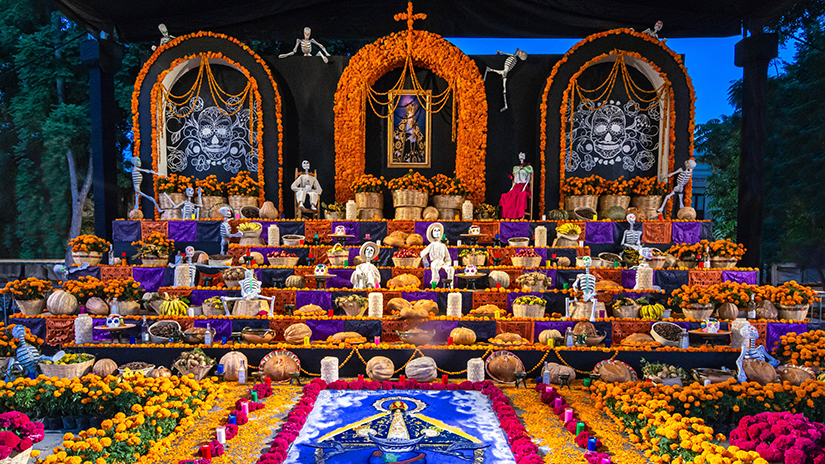
With its beautiful weather, vibrant culture, and seemingly endless supply of mezcal, this Mexican retreat was recently named the best city in the world by Travel + Leisure. Celebrate Día de los Muertos in Oaxaca—said to have one of the most traditional Día de los Muertos celebrations in Mexico—featuring comparsas or carnival-style parades filled with traditional costumes, music, and dancing.
Sacatepéquez, Guatemala
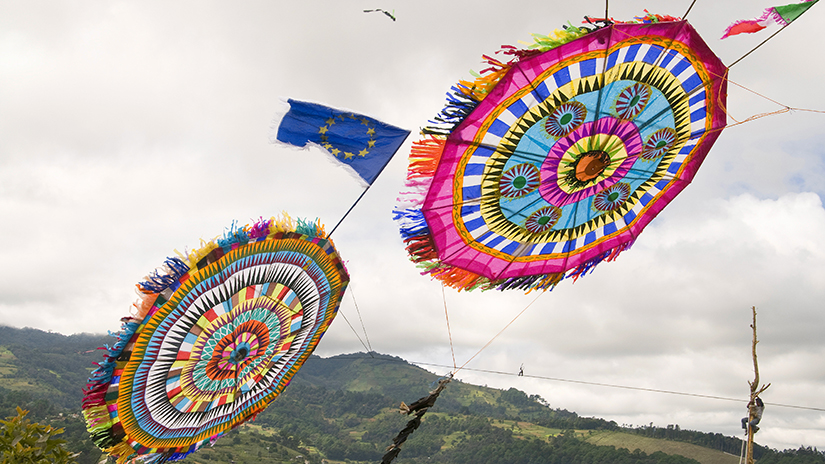
If you’re looking for a unique way to celebrate, Sacatepéquez hosts a giant kite festival in its local cemeteries every year on the first and second days of November. Because the wind is particularly strong during this time of year, locals launch massive, elaborate kites adorned with bright colors, intricate patterns, images of loved ones, and more. This tradition is seen as a way for the living to communicate with the dead, and for spirits to be guided toward their loved ones. After the kites are flown, they are burned to help the deceased return peacefully until the next year.
Tonacatepeque, El Salvador
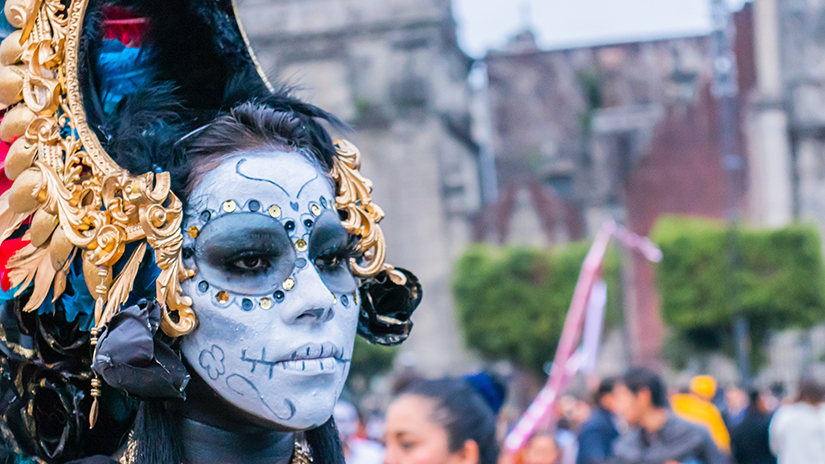
This mountainous city, nestled on a plateau about 600 meters above sea level, is home to the Calabiuza Festival. Known as the Feast of the Dead, the Calabiuza Festival is where the town of Tonacatepeque dress as the living dead—painting their faces to remember their relatives who have passed, as well as the mythological heroes of El Salvador. This festival begins on November 1, continuing late into the night with traditional music and dance in the city’s main square.
Fet Gede, Haiti
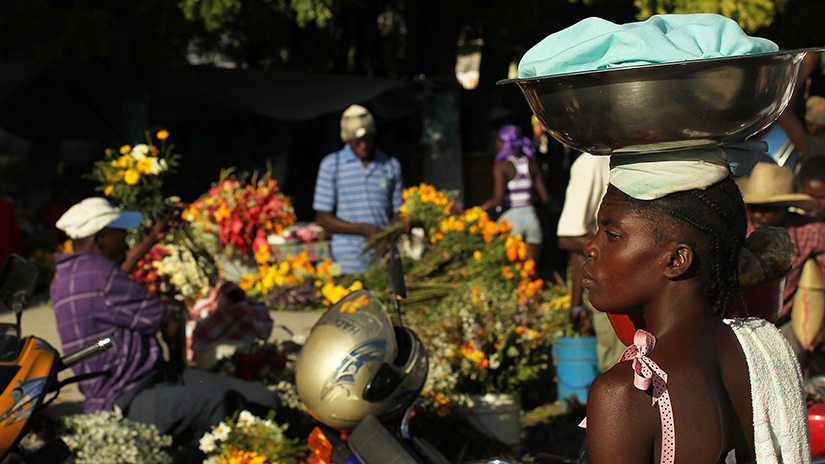
Fete Gede is Haiti’s version of Día de los Muertos—Fet Gede translates to the Feast of the Dead (fet meaning festival, Gede meaning the Sacred Dead). Believed to draw on African traditions, Haitians dress up and raise the spirits of the dead with the boisterous sounds of loud drumming, singing, and laughter—honoring and paying respects to the ancestral dead. It’s said that Fet Gede celebrations are a unique blend of Día de los Muertos, Mardi Gras, and Halloween all rolled in to one, and all sprinkled with a hint of voodoo traditions.
Mexico City, Mexico
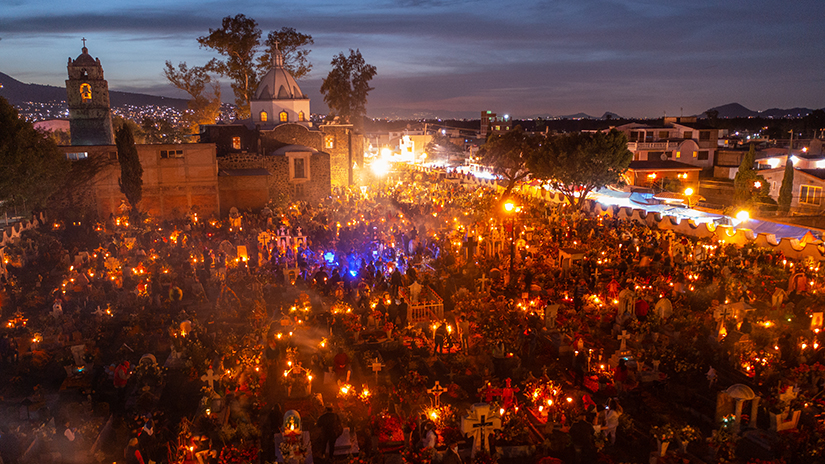
As Mexico’s capital, Mexico City is the perfect place for an introduction to Día de los Muertos celebrations. Featuring a three-day parade of bright and colorful floats, costumes, face painting, and music, you can expect a wide range of inclusive activities for almost everyone in your family. Meander the city’s Zócalo (central plaza) to catch the enormous ofrendas embellished with bright orange and yellow marigolds, listen to the sounds of the mariachi bands play, or hitch a boat ride at night through the ancient, eerie canals to watch a special live performance about the legend of La Llorona (The Weeper).
